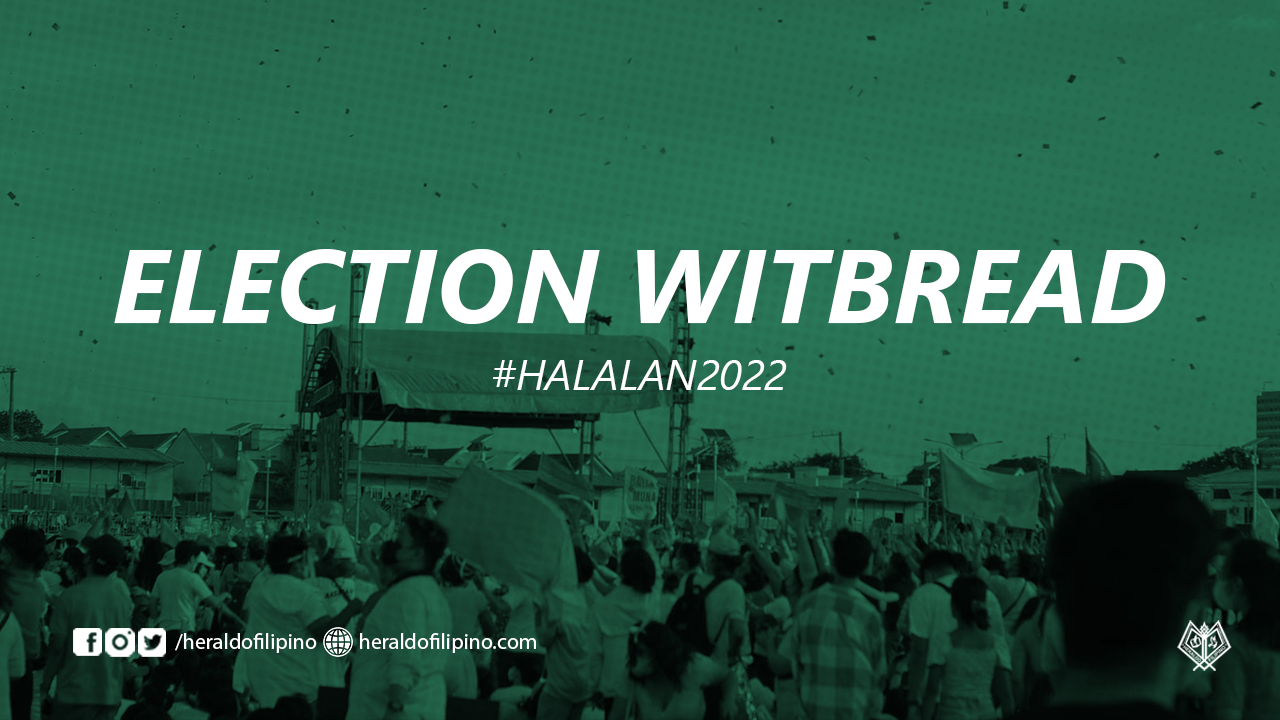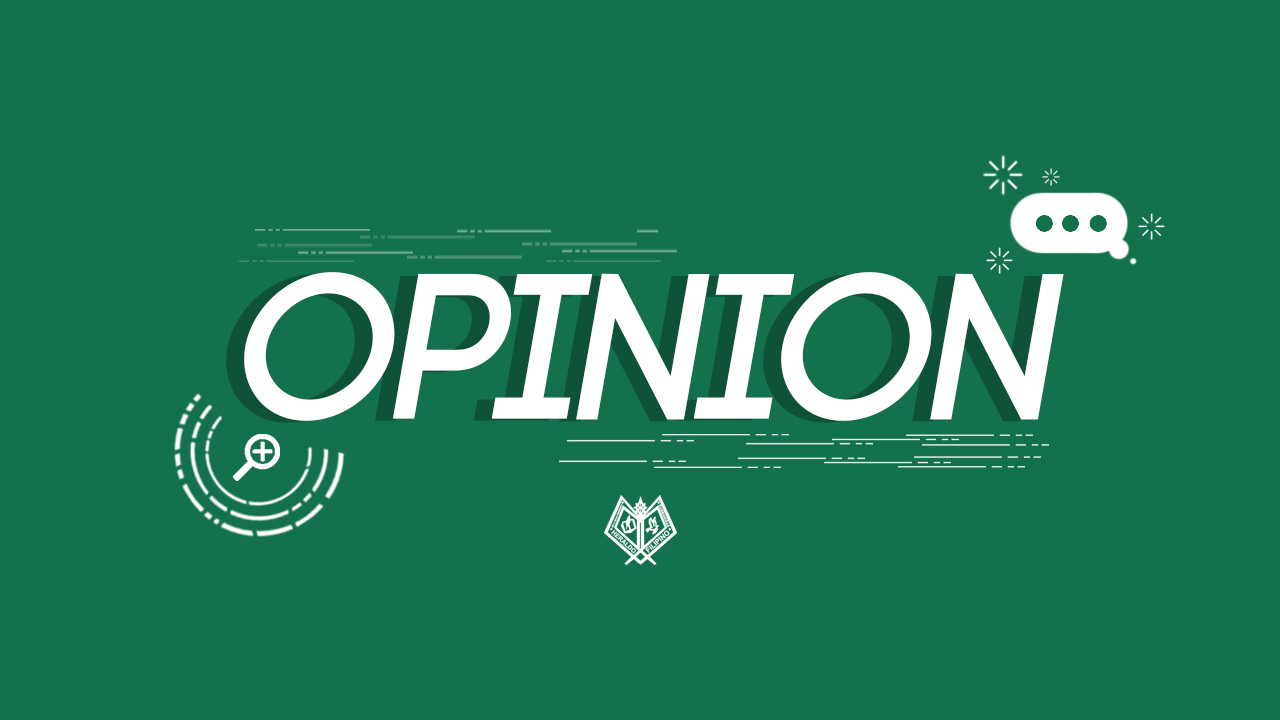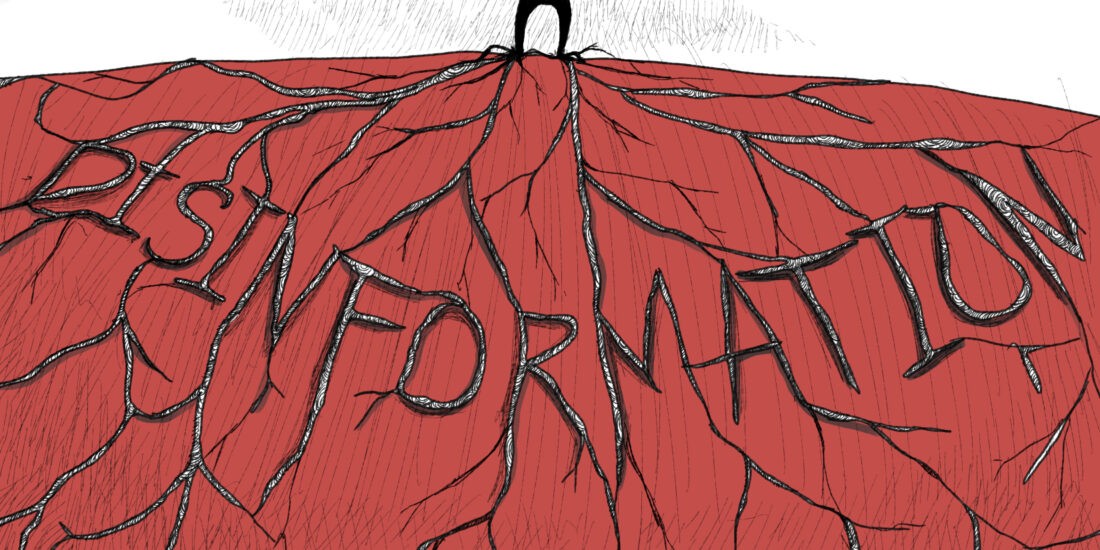The view from the fences
Before, I thought journalists reported stories from the fences. Always keeping a bird’s-eye view, removed from the action, and able to see all sides. But the view from the fences is a tricky one — it may be safe from where we stand, yet it’s only a matter of time before the truth catches up on us, and we always, always pay the price.
***
Neutrality, objectivity, and bias are all heavily debated topics when it comes to the practice of journalism. If we go by the commonly peddled definition: we could say journalists exist to report what’s happening, not to voice out their opinions. For student journalists, it’s even worse: we’re supposed to report what’s happening within our schools, not poke our noses where it doesn’t belong. This is the culture of impunity at polarizing narratives at play. If we weren’t woke, we’re terrorists. If we weren’t trying to be negative, then we’re know-it-all youths who have too much time in our hands.
They impose every definition onto us save for the one, common principle that binds us all to our duty: the call to speak truth into power, and the commitment in safeguarding the free press.
The view from the fences is a tricky one. For starters, it led me to believe that journalism is all about criticism — all about exposing scandals, dramatic footage and soundbites, and a never-ending race to break the news. In a time of political unrest, the view from the fences easily distorts the critics as the perpetrators of the chaos — the black sheep who wouldn’t fall in line, the rebels who would stop at nothing to make the government look bad. How easy it was to partake in the narrative that we journalists are supposed to be nothing but mouthpieces: merely platforms for information dissemination, completely removed from the mess of politics – or worse, puppets made to be controlled by the powerful and corrupt.
But my worldview changed when I experienced firsthand what it means to step out of these fences. The false lull of neutrality, stripped away of its comforts and illusion of safety, reveals that the practice of journalism may be objective, but it is never unbiased — more so in a time where our democracy is being toppled from its feet and made to heel under opportunistic trapos. In 2020, ABS-CBN was shut down, Rappler CEO and now Nobel Prize Awardee Maria Ressa was convicted of cyberlibel, the Anti-Terror Bill was passed into law, while 2021 challenged every journalist to stick to their creed amidst the growing tensions for the elections.
Fast-forward and here we are in 2022, standing at the cusp of great change, or another disaster waiting to unfold. I have learned the hard way that our job will take us into the trenches, into the gaps, and into the dark places filled with the untold. Our job will take us where the center of the action is happening — where the people are. And it is our duty to follow, to bring light into these dark places, because where the view from the fences comforts the privileged, the view from the trenches awakens minds. Here, all the lines between neutrality, objectivity, and bias are all made clear.
I distinctly remember the first piece I ever wrote for The HERALDO FILIPINO — a recount of the money lost during the Martial Law era, which I’m free to tackle in any way I wanted. Now this I admit: my views of the Marcoses weren’t as informed back then. At first, I wondered what would be the most objective, neutral, and unbiased angle to tackle the issue.
I did my research. Days spent poring through every article, cross-checking my sources, and debating with my co-writer if a piece of information was “safe” to include or not. I came up with many drafts, desperately searching for the unbiased take that carried the least danger — only to find that there isn’t one.
When the facts speak for themselves, it is our job as journalists to let it speak — to let it be heard. When some truths come with dirt and blood — it is not our job to shy away from it, to wipe the mess and cater to everyone’s sensibilities, to downplay it or report it as is thinking that would be enough.
Our job is to deliver context, to deliver information guided by the ethics of our profession, to stand for truth when others couldn’t. It is our job to repeat the truth as just much as fake news peddlers like to repeat their lies — even if it leaves us at an impasse.
This is most crucial especially now that we live under the age of disinformation, fake news, and historical revisionism. There is no “safe” take when the truth itself carries risk and danger. And as far as societal issues are concerned, it will always carry both. Whether you like it or not.
Let it be known this goes out to everyone living in this time, not just student journalists. Once we acknowledge the reality beyond our neutral fences, we learn that there are different stories told by all walks of life. We learn that these fences, comforting as they may be, stem from the system that keeps the privileged in line just as much as those that sit in the trenches — simply because they benefit from this division.





